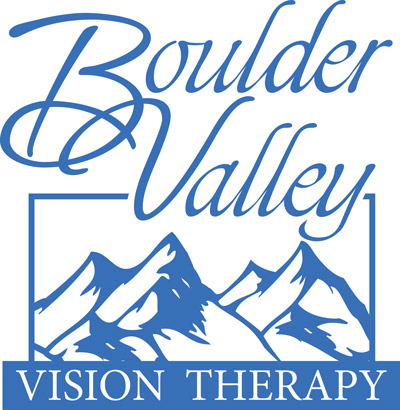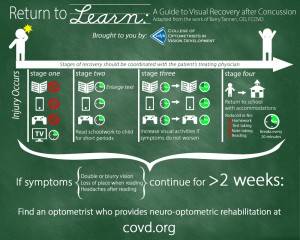What is Syntonics?
Syntonics is a color light therapy that utilizes standard color filters with an incandescent light source (similar in the visible spectrum to natural sunlight). Syntonics is used to treat specific functional vision conditions. The object of the color of light is to bring the visual system into balance by activating aspects of the central nervous system.
The typical treatment for syntonics requires a patient to sit in a darkened room and view a circle of colored light for 15-20 minutes over the course of a series of sessions. Visual symptoms and visual performance often improve following syntonics. The color of the light used in therapy varies based on visual diagnoses. An inward eye turn, or Esotropia, typically requires Red light, while for an outward eye turn, Exotropia, Blue light is recommended.
Syntonics History
In the late 19th and early 20th centuries, scientists discovered that light entering the eyes not only served vision but also traveled to brain regions not directly related to eyesight. Riley Spitler, D.O.S., M.D., M.S., Ph.D., discovered that light and color delivered through the eyes played a key role in controlling biological development and function. Dr. Spitler concluded that many systemic, mental, emotional and visual ailments were due to imbalances in the autonomic nervous and endocrine systems. In 1941 he published his thesis: The Syntonic Principle: Its Relation to Health and Ocular Problems. This included a survey of clinical results from syntonic practitioners: Syntonic Effectivity: A Statistical Compilation of Ocular Anomalies Handled by Applying the Syntonic Principle. This study showed that of 3067 individuals, 2791 (90.7%) undergoing syntonic treatment improved.
Ideal Candidates for Syntonics
- Traumatic brain injury
- Headaches or Migraines
- Reduced eye tracking skills
- Reading difficulties
- Light sensitivity
- Reduced peripheral awareness/visual field constriction
- History of illness, fever, ear infections
- History of strabismus or strabismus surgery
To find out if you would benefit, schedule a Vision Evaluation.
References
THE SYNTONIC PRINCIPLE: Its Relation to Health and Ocular Problems, by Harry Reily Spitler was published by the College of Syntonic Optometry in 1941. Covers the thesis from which the practice of syntonic phototherapy was established. Available through the College Of Syntonic Optometry.
LIGHT MEDICINE OF THE FUTURE, by Jacob Liberman, Bear and Co., Santa Fe, NM, 1991, covers medical and psychological uses of light and contains an extensive bibliography. It is a must-read for anyone interested in the subject.
LIGHT YEARS AHEAD: The Illustrated Guide to Full Spectrum and Colored Light in Mindbody Healing, Brian Breiling and Bethany ArgIsle, editors, Celestial Press, Berkeley, CA, 1996, is a compilation of the Light Years Ahead conference held in 1992 in San Jose, California. With chapters written by leading practitioners, it is one of the best texts to get an overview of light therapies and light technologies in use at that time.




Notes:
Please contact us with any questions you might have at bouldervt@yahoo.com.